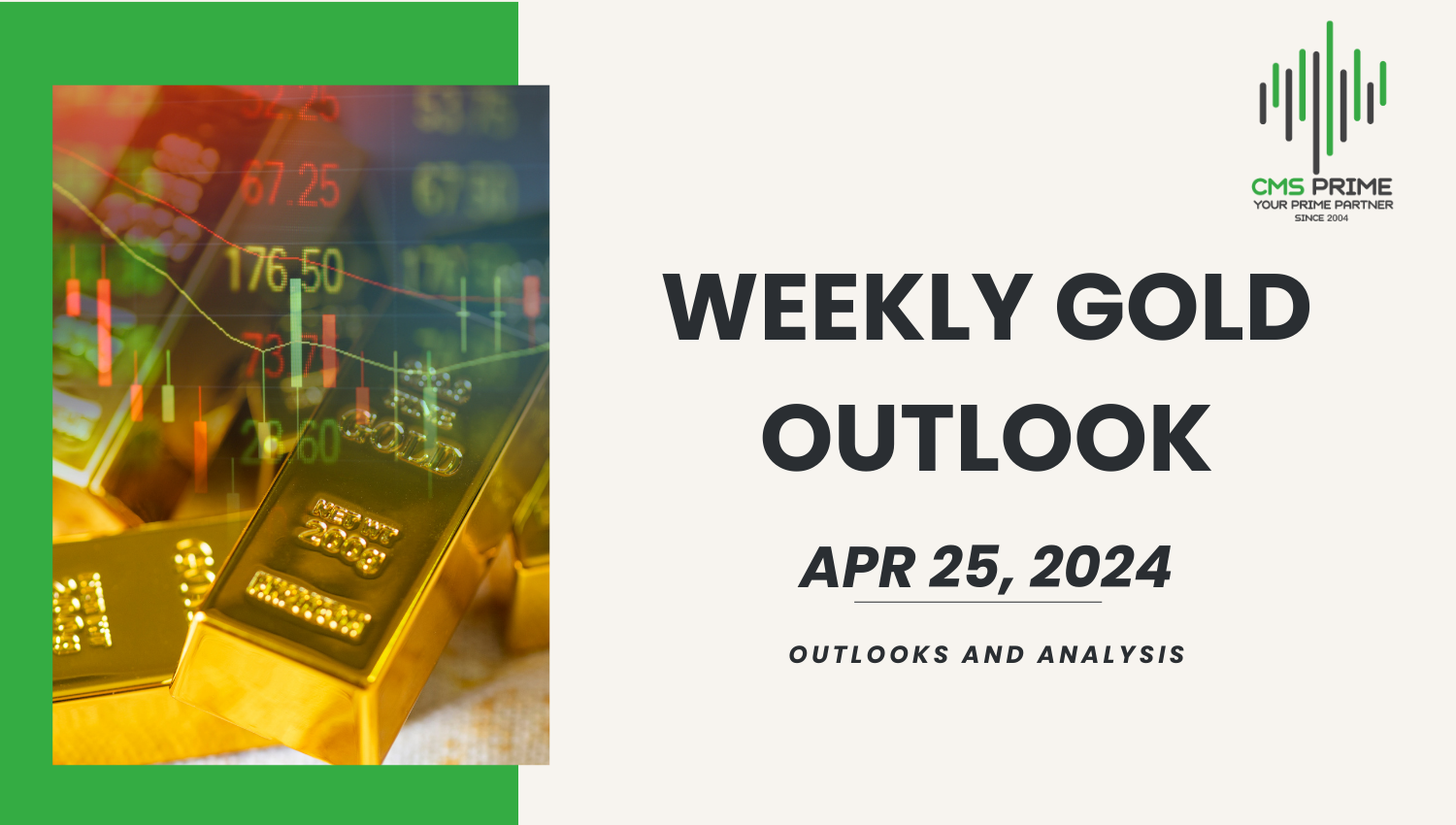Current CPI NEWS
Today’s Consumer Price Index (CPI) report is highly anticipated, as it provides crucial insights into recent inflation trends. Based on the nowcast analysis, May’s monthly increase in the CPI is forecast at 0.3%. This is consistent with last month’s figure, which also saw a 0.3% rise in CPI. Despite a strong jobs report, high core CPI, fluctuations in vehicle prices, increasing restaurant costs, and rent prices could potentially drive the Federal Reserve to consider further rate hikes. The latest nowcasts suggest that inflation will come in at just over 5%, showing a continuation of the trend observed in the past few months. In March, for instance, consumer prices rose 5% on an annual basis.
The CPI report is closely monitored as it tracks the rate of change in U.S. inflation over time, based on the prices that consumers pay for goods and services throughout the U.S. economy. This data is particularly relevant as it could influence the Federal Reserve’s decision-making. The Fed’s next rate-setting meeting is scheduled for early May, and the CPI report is one of the key releases that will affect this decision.
Key Points:
- What is it: The CPI report is a key inflation measure that impacts economic policies. It’s expected to show a slight decrease in inflation rate but the rate is still higher than desired.
- Why should we look at it: Several factors contribute to the current inflation scenario?
- The Federal Reserve might increase rates due to higher inflation combined with a strong jobs report.
- A high core CPI, which excludes food and energy due to their volatility, is a concern.
- Car prices are expected to rise due to microchip shortages and supply chain issues.
- Restaurant costs are expected to outpace grocery prices.
- Despite an expected gradual cooling, rent prices are a significant contributor to the CPI.
- How much impact will it have: These factors could influence the Federal Reserve’s decision on further rate hikes:
- If inflation continues to rise, the Federal Reserve might consider additional rate hikes.
- The ongoing microchip shortage and supply chain recovery might impact car prices.
- The expiration of the federal free school lunch program and wage increases could drive restaurant costs up.
- Rent prices, a large contributor to the CPI, might not accurately reflect current inflation due to data lag.
- The recent banking crisis might indirectly help to control inflation by tightening credit, reducing business investments.
With several key reports scheduled before the Federal Reserve’s next meeting, these data points will play a crucial role in deciding future monetary policies.
Therefore, while the CPI report provides insights into the state of the economy, it also has potential implications for monetary policy and the wider financial market.
So, what is the CPI and Why is it important:
The CPI, also referred to as the Consumer Price Index, is a crucial metric in macroeconomic analysis and provides valuable economic insights. The main inflation gauge is a crucial factor in determining monetary policy decisions and making adjustments to social security benefits, tax brackets, and wages. The economy is often regarded as the pulse of a country, serving as an indicator of its financial well-being and providing insights into the workings of economic systems.
The Consumer Price Index (CPI) is a widely used measure that calculates the weighted average of prices for a specific basket of consumer goods and services. This basket includes essential items such as transportation, food, and medical care. The calculation of the Consumer Price Index (CPI) involves determining the price fluctuations of each item in a pre-established basket of goods and computing their mean value. The items in the basket are assigned weights based on their relative significance. The inflation rate is calculated by comparing the resulting figure to the base year, resulting in a percentage change. The mathematical representation of this phenomenon is as follows:
The Consumer Price Index (CPI) is a crucial factor in the field of monetary policy. Central banks carefully monitor the fluctuations of the Consumer Price Index (CPI), similar to the way a vigilant shepherd watches over their flock. An increase in the Consumer Price Index (CPI) indicates a corresponding increase in inflation, while a decrease in the CPI suggests a potential onset of deflation. According to the optimistic scenario, a moderate and positive change in the Consumer Price Index (CPI) suggests a flourishing economy where businesses and consumers are optimistic about spending, leading to an increase in economic growth. A surge in CPI, which is a sign of hyperinflation, has the potential to cause economic upheaval by reducing purchasing power and destabilizing the economy.
A reduction in the Consumer Price Index (CPI) indicates a state of deflation, which is the opposite end of the spectrum. The phenomenon under consideration is marked by a decline in consumer spending due to the expectation of future price reductions. This, in turn, results in a reduction in business revenue, job cuts, and an overall economic contraction. Persistent deflation has been observed to have potential negative consequences, such as a deflationary spiral, despite its apparent advantages of lower prices for consumers.
The comprehension of the CPI allows individuals to effectively navigate the intricate economic interactions, similar to how a symphony conductor leads an orchestra. The ability to make informed decisions is a crucial aspect of the economic world, as it enables individuals, businesses, and governments to be empowered in their decision-making processes.
II. Impact of CPI on Currencies
Picture the world of currency as a bustling marketplace, where the value of each currency is like a barometer of that country’s economic health. It’s like the weather vane, giving us a sense of the economic winds. The Consumer Price Index (CPI) plays a central role in this ever-changing scene. A higher CPI suggests rising prices, or inflation, which can shake up the currency marketplace.
Now, let’s talk about how a positive CPI affects the currency. Think of it as a signal of economic vigor, potentially leading to an appreciation in the currency. Why? Higher inflation often prompts central banks to lift interest rates to keep the economy from overheating. Higher interest rates, in turn, can attract foreign investors, increasing the demand for the currency and pushing up its value.
But it’s not always a rosy picture. Just as too much sun can scorch the earth, an excessively high CPI can indicate an overheating economy and lead to hyperinflation; this is when the prices of goods and services accelerate at an unsustainable pace, potentially eroding the currency’s value. It’s a delicate balance, like walking a tightrope.
Let’s consider the flip side: a negative CPI or deflation. It’s like a cold front moving in. Goods and services become cheaper, which might sound nice initially, but it can lead to a vicious cycle where consumers delay purchases in anticipation of even lower prices; this can slow economic growth, potentially leading to lower interest rates and currency depreciation.
So, in the grand scheme of how currencies operate, the CPI is an essential tool, dictating the steps of central banks, influencing the flow of foreign investment, and setting the pace of economic growth. It’s a scheme that requires a careful understanding of the economics to maintain a harmonious balance.
CPI Report Numbers | Impact of CPI | Currencies Impacted | Trend Analysis | Positive/Negative Impact | Risks to Other Economic Factors | Economic Spillover | Currency Affected Spillover | Overall Global Market Indices and their Bias |
High | High Inflation | USD, EUR, GBP, JPY, AUD | Upward trend | Negative: Higher cost of living, decreased purchasing power | Higher interest rates, potential economic overheating | Potential slowdown in economic growth, risk of hyperinflation | Increased demand for currencies with higher interest rates | Bearish: Inflation fears may lead to sell-offs |
Low | Low Inflation | USD, EUR, GBP, JPY, AUD | Downward trend | Positive: Lower cost of living, increased purchasing power | Lower interest rates, risk of economic stagnation | Decreased demand for currencies with lower interest rates | Potential decrease in foreign investment | Bullish: Lower inflation may stimulate economic activity |
Stable | Stable Inflation | USD, EUR, GBP, JPY, AUD | Stable trend | Neutral: Balanced cost of living and purchasing power | Balanced economic growth, interest rates maintained | Stable demand for currency, steady foreign investment | Balanced foreign investment, stable demand for currency | Neutral: Stable inflation indicates a balanced economy |
III. Impact of CPI on Commodities
Understanding Commodities Market: Commodity markets are vital to the global economy. These markets facilitate the buying and selling commodities such as crude oil, gold, silver, copper, and agricultural products. The prices of these commodities are determined by the forces of supply and demand, which are influenced by several factors such as weather, geopolitical tensions, and economic indicators such as CPI.
CPI Influence on Commodity Prices: The CPI significantly influences commodity prices. As the CPI rises, the purchasing power of consumers decreases, leading to a decrease in demand for goods and services. This decrease in orders affects the demand for commodities and ultimately leads to declining commodity prices. Conversely, when the CPI falls, the purchasing power of consumers increases, leading to an increase in demand for goods and services. This increase in demand affects the demand for commodities and ultimately leads to a rise in commodity prices.
CPI Report Numbers | Impact of CPI | Commodities Impacted | Trend Analysis | Positive/Negative Impact | Risks to Other Economic Factors | Economic Spillover | Commodity Affected Spillover | Overall Global Market Indices and their Bias |
High | High Inflation | Gold, Silver, Oil, Copper, Agricultural products | Upward trend | Positive: Higher prices can benefit commodity producers | Increased costs for manufacturers and consumers | Potential slowdown in sectors reliant on certain commodities | Increased demand for inflation-hedge commodities like gold | Bearish: Higher costs can impact corporate profits |
Low | Low Inflation | Gold, Silver, Oil, Copper, Agricultural products | Downward trend | Negative: Lower prices can hurt commodity producers | Decreased costs for manufacturers and consumers | Increased growth in sectors benefiting from lower commodity prices | Decreased demand for inflation-hedge commodities like gold | Bullish: Lower costs can enhance corporate profits |
Stable | Stable Inflation | Gold, Silver, Oil, Copper, Agricultural products | Stable trend | Neutral: Steady prices support stability for producers and consumers | Balanced costs for manufacturers and consumers | Stability in sectors dependent on commodity prices | Stable demand for commodities | Neutral: Steady commodity prices can support overall market stability |
Impact of Positive CPI on Commodities: When the CPI is positive, it indicates that the prices of goods and services have increased over time. In such a scenario, commodity demand may decrease as consumers’ purchasing power decreases. This decrease in demand can lead to a decrease in commodity prices. However, some commodities may see an increase in prices due to the increase in demand for goods and services directly related to that commodity’s production. For instance, when the CPI increases, the demand for industrial metals such as copper may increase due to increased demand for construction and manufacturing.
Impact of Negative CPI on Commodities: When the CPI is negative, it indicates that the prices of goods and services have decreased over time. In such a scenario, the commodity demand may increase as consumers’ purchasing power increases. This increase in demand can lead to an increase in commodity prices. However, some commodities may see a decrease in price due to the decline in demand for goods and services directly related to that commodity’s production. For instance, when the CPI decreases, the demand for crude oil may decrease due to the decrease in demand for transportation.
IV: CPI’s Effect on Currency-Commodity Interactions
Introduction: The relationship between currency and commodities is complex and dynamic, and it is influenced by several factors, such as supply and demand, geopolitical tensions, and economic indicators, such as the Consumer Price Index (CPI). In this article, we will explore the impact of CPI on currency-commodity interactions and how positive and negative CPI fluctuations can induce changes in this relationship.
How CPI Induces Changes in Currency-Commodity Dynamics: The CPI measures the prices of goods and services purchased by consumers over time. As such, it is a critical indicator of inflation and is closely watched by central banks and policymakers. When the CPI increases, it can lead to an increase in interest rates as central banks attempt to control inflation. This increase in interest rates can have a significant impact on the currency-commodity dynamics. Higher interest rates can increase the currency’s value, making it more expensive to buy commodities priced in that currency.
Impact of Positive and Negative CPI on Currency-Commodity Relations: When the CPI is positive, it indicates that the prices of goods and services have increased over time. In such a scenario, central banks may increase interest rates to control inflation. This increase in interest rates can lead to an increase in the value of the currency and a decrease in demand for commodities priced in that currency. Conversely, when the CPI is negative, it indicates that the prices of goods and services have decreased over time. In such a scenario, central banks may decrease interest rates to stimulate the economy. This decrease in interest rates can lead to a decline in the value of the currency and an increase in demand for commodities priced in that currency.
Currency-Commodity Interactions | Impact on Trend | Commodity & Currency Price Movements | Central Bank’s Role | Economic Indicators Spillover | Correlation between Currency Pairs and Commodities | Market and Systemic Risks | Holistic Impact on Global Market Outlook |
High CPI | Upward Trend | Commodity prices rise, currency value declines | Central bank may raise interest rates to control inflation | High inflation can impact GDP, employment, and consumer spending | Currency may weaken against commodity-rich currencies | Increased market volatility, potential for economic slowdown | Bearish: Higher costs can impact corporate profits, leading to lower stock prices |
Low CPI | Downward Trend | Commodity prices decline, currency value increases | Central bank may lower interest rates to stimulate economy | Low inflation can indicate slow economic growth | Currency may strengthen against commodity-rich currencies | Decreased market volatility, potential for economic stagnation | Bullish: Lower costs can enhance corporate profits, leading to higher stock prices |
Stable CPI | Stable Trend | Commodity prices and currency value remain relatively stable | Central bank maintains current monetary policy | Stable inflation supports balanced economic growth | Stable relationship between currency and commodities | Balanced market conditions, consistent economic growth | Neutral: Steady commodity prices and currency value support overall market stability |
V: Managing CPI Fluctuations: Strategies for Investors
Hedging Against Inflation and Deflation:
The present study aims to investigate the effectiveness of hedging strategies against inflation and deflation. The research will analyze the impact of inflation and deflation on various financial instruments and explore the potential of hedging techniques to mitigate the risks associated with these economic phenomena. The study will employ a quantitative approach, utilizing statistical analysis to evaluate the performance of different hedging strategies. The findings of this research will contribute to the existing literature on risk management and provide valuable insights for investors seeking to protect their portfolios against inflation and deflation. Diversification of portfolios is a viable strategy for investors to mitigate the risks associated with inflation and deflation. The process of diversification entails the allocation of investments across a range of assets, such as stocks, bonds, commodities, and real estate. The performance of these assets can vary in diverse economic scenarios, thereby mitigating the influence of CPI fluctuations on the overall portfolio performance. Inflation-linked securities, such as Treasury Inflation-Protected Securities (TIPS), and commodities, such as gold and silver, are popular investment options for investors during inflationary periods due to their historical performance.
Investment Strategies for Positive CPI Scenario:
According to research, in a positive CPI scenario, investing in stocks of companies that have the ability to set prices for their goods and services can be advantageous for investors. It has been observed that companies have the ability to respond to inflation by increasing their prices, which enables them to safeguard their profit margins. Furthermore, it is suggested that investors may contemplate the possibility of investing in stocks and bonds that pay dividends, as they provide a consistent and predictable source of income. Various income streams can potentially mitigate the impact of inflation on investment portfolios.
Investment Strategies for Positive CPI Scenario:
According to recent research, in a negative CPI scenario, investors may find it advantageous to allocate their investments towards bonds and stocks that provide a secure refuge from economic instability. Government bonds are widely recognized as a secure investment option due to their provision of a stable income stream and government backing. Investors may opt to invest in defensive stocks, such as healthcare and consumer staples companies, as these tend to exhibit strong performance during periods of economic recession.
VII. Conclusion:
The Consumer Price Index is an important economic indicator with far-reaching ramifications for the global economy and markets. Managing CPI variations and forecasting CPI trends are critical for investors, economists, and policymakers to make educated decisions and successfully manage risks. Investors, economists, and politicians can design effective strategies and policies that support economic growth and stability by understanding the influence of CPI on markets and the economy.


